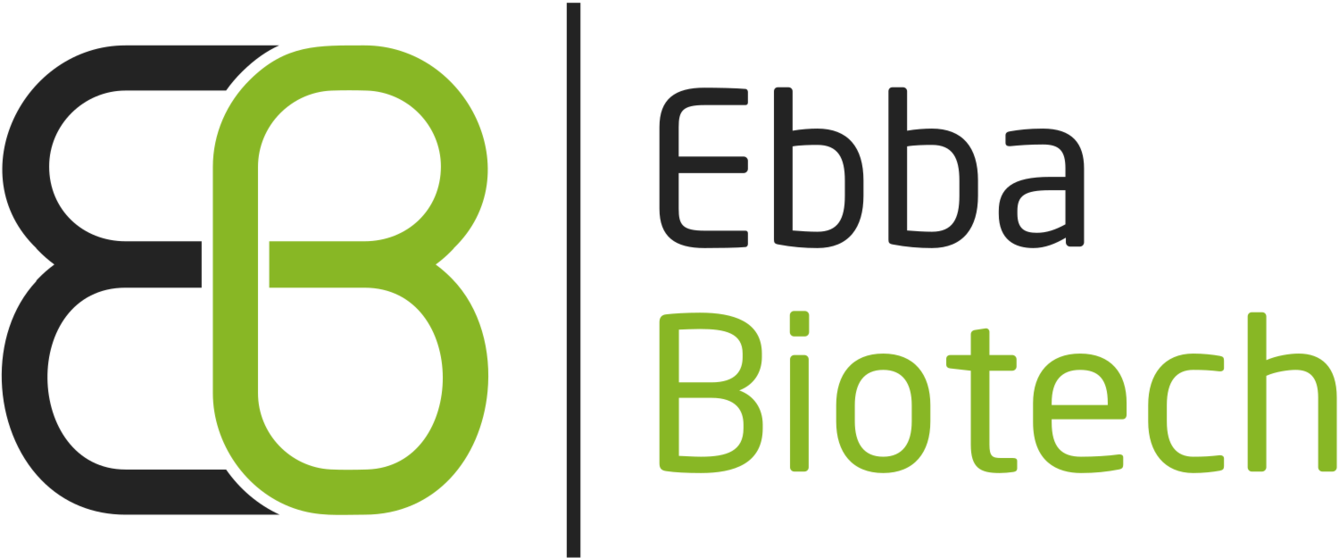Labeling of protein aggregates in tissue sections or cells
Amytracker can be used to label protein aggregates in tissue sections or cells prepared by the most common techniques. It can be used in freshly sliced tissue without fixation but also in fixed cells or sections obtained from flash-frozen or paraffin embedded tissues. Generally, fixation in 4% PFA works well for extracellular deposits, and fixation in ice-cold ethanol or acetone is recommended for best preservation of intracellular aggregates. Amytracker can be easily combined with your co-staining of choice. As Amytracker are only fluorescent when bound to their target, washing steps might be omitted and it is possible to add Amytracker to the mounting medium or just before mounting. It is not necessary to protect Amytracker from light, but you should take care not to let Amytracker dry on the sample.
Materials and Solutions:
Assay Procedure:
Imaging:
Materials and Solutions:
- Amytracker - Aqueous or Amytracker - DMSO or Amytracker - Drop&Shine
- Phosphate buffered saline (PBS), pH 7.4
- tissue sections on microscope slide
- ice-cold ethanol, 95%
- Deionized water
- Mounting medium
Assay Procedure:
- Fix tissue sections with method of choice. We recommend fixation with ice-cold ethanol (5 min) at room temperature.
- Place microscope slide with tissue sections in a staining jar filled with ice-cold ethanol, 95% for 5 min.
- Rehydrate tissue sections in a mix of ethanol and deionized water (1:1) for 5 min. The rehydration step may need to be repeated with lower ethanol ratio depending on the tissue.
- Equilibrate sections in PBS for 5 min.
- If you are co-staining Amytracker with antibodies, perform blocking steps according to your experimental needs, but avoid incubating Amytracker in the blocking solution. Therefore, Amytracker should be used after antibody staining, just prior to- or during mounting.
- Dilute Amytracker in PBS 1:1000.
- Apply diluted Amytracker generously to the tissue section. Use enough liquid to prevent the sections from drying out during incubation. Incubate for 10-30 min.
- For an easy solution to add Amytracker while mounting, use our Amytracker - Drop&Shine instead of another mounting medium.
- Mount tissue sections and seal the coverslip onto the slide to prevent drying.
Imaging:
- Perform fluorescence imaging on the following day or after. Store slides in dark at RT. Amytracker fluorescence should be detectable in labeled, properly stored and handled sections for at least one year.
Multi-Laser / Multi-Detector Imaging with Amytracker
Amytracker are optotracers with structure-dependent photo-physical properties. All Amytracker variants are designed to bind to the Congo red binding pocket on the amyloid fibril and require a theoretical minimum of eight in-register parallel-β-strands for binding. Therefore, Amytracker reliably labels amyloids derived from a variety of amyloidogenic proteins or peptides from different species. Due to their structure-dependent photo physical properties, the Amytracker variants are only fluorescent when binding to a target and different targets can produce a difference in the molecules fluorescence spectrum. To investigate different targets, we recommend to perform imaging by exciting the sample with different wavelengths collecting fluorescence intensity in multiple emission ranges (see the table below for reference). Excitation- and emission spectra for all Amytracker variants can be accessed here.
| Channel | Excitation | Emission range | Amytracker variant |
|---|---|---|---|
| CH1 | 405 nm | 400-490 nm | Amytracker 480 Amytracker 680 |
| CH2 | 405 nm | 490-600 nm | Amytracker 480 Amytracker 680 |
| CH3 | 405 nm | 600-660 nm | Amytracker 480 Amytracker 680 |
| CH4 | 405 nm | 660-700 nm | Amytracker 480 Amytracker 680 |
| CH5 | 488 nm | 500-580 nm | Amytracker 520 Amytracker 540 Amytracker 630 |
| CH6 | 488 nm | 580-650 nm | Amytracker 520 Amytracker 540 Amytracker 630 |
| CH7 | 488 nm | 650-700 nm | Amytracker 520 Amytracker 540 Amytracker 630 |
| CH8 | 561 nm | 600-650 nm | Amytracker 630 Amytracker 680 |
| CH9 | 561 nm | 650-700 nm | Amytracker 630 Amytracker 680 |
| CH10 | Brightfield | ||
